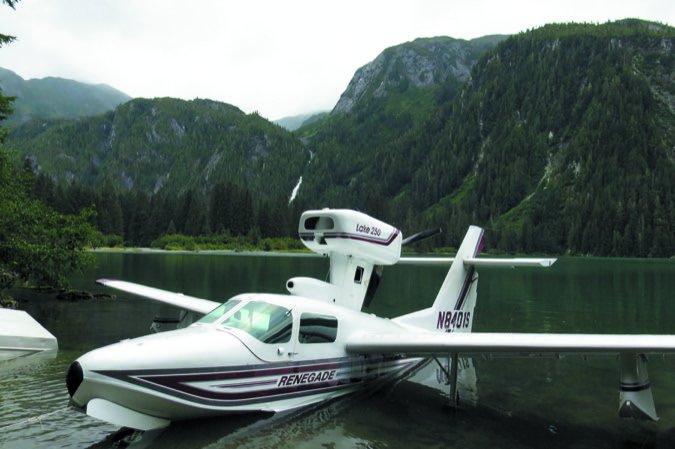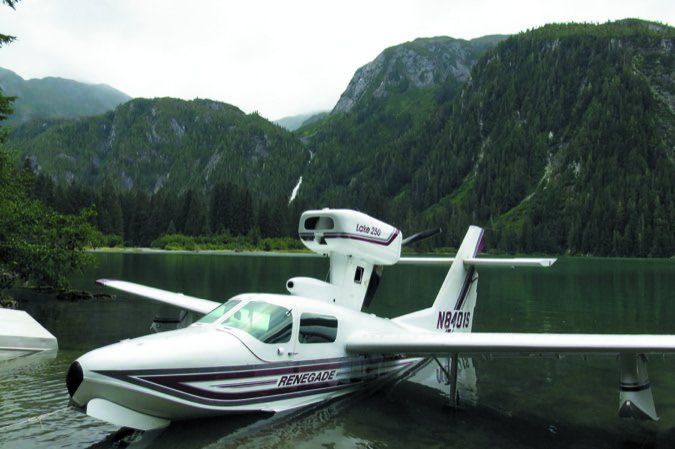More On Lake Amphis

As a Lake owner with 25 years experience flying it from South Florida to all corners of the continent, I would like to correct certain information published about Lake amphibians in the September 2017 Aviation Consumer. Some of my quotes in that review were made over 10 years ago and deserve a refresh.
The Lake Amphibian Flyers Club (LAFC)—from which I retired after 15 years of managing it—was left with a rich heritage, but in my view lost the trust it had earned from Lake owners and pilots in its previous 27-year history. Members have reported that service center and flight instruction listings haven’t been updated, phone calls and emails are unreturned and the Lakeathon annual four-day fly-in and safety seminar (which had been held for 27 consecutive years)—along with the long-published bimonthly Lake Flyer newsletter—has been discontinued. In 2016, some dissatisfied former LAFC members formed the Lake Amphibian Club (LAC).
The majority of the former LAFC members, myself included, have not renewed their LAFC membership and have now joined the LAC instead. At the invitation of the founders of LAC, I became one of its directors. The LAC has restored the tradition of an annual four-day fly-in and safety seminar (named LakeFest) and publishes its own newsletter (Lake Club News) in a fashion that, in my view, echoes and in some cases exceeds the past club’s accomplishments. The LAC website is www.lakeamphibclub.com. The site has updated listings for service and instruction resources. The Lake Amphibian Club is now the bona fide Lake amphibian type club and its directors and members will be happy to assist any current or potential owner or pilot of a Lake amphib in any we can.
Some other statements in the article are in need of correction. The fuel capacity of the Buccaneer and the EP were listed as 55 and 90 gallons. The actual fuel capacity of a Buccaneer/EP is 40 gallons as standard, and 54 gallons with optional aux fuel. Only two or three EPs have been converted to hold 88 (not 90) gallons, which results from installing Renegade wings (with their integral fuel tanks) on the EP.
The article quoted me as saying that my forward CG condition goes away when loading passengers in the rear. This is incorrect as my Lake EP has a rear CG when empty and requires forward ballast when I fly solo. Adding passengers eliminates the rearward CG, but can result in a forward CG and the need for aft ballast. But, the point was we’ll taken that the airplane is not a load-and-go airplane but requires careful calculation of CG for all different loading scenarios, both for takeoff fuel and landing fuel loads.
The structural cracks that you referred to in the article were addressed many years ago by two ADs, one on the tail and one on the spar cap. By now all Lakes should have had these fixes applied. The wing spar AD is one and if it has been accomplished, the AD is no longer a concern. Depending on the method used to comply with the tail AD, these can be one-time fixes with no recurring actions needed, or may need recurring inspections at annual, 50-hour or 850-hour intervals.
As noted in your article, the Lake absolutely requires specific training from a qualified Lake instructor, as it has some idiosyncrasies that are easy to deal with if you understand them, but can bite you badly if you don’t.
I would like to point out that a Lake is not only a versatile seaplane but a very capable airplane in many other areas. Whether on land or sea, it has short takeoff and landing characteristics, handles crosswinds exceptionally we’ll and can do a worthy job of cross-country flying. My Lake has taken me as far as Baja California and Alaska in the West, to the Caribbean and Newfoundland in the East. It performs reliably in more situations than any airplane I can think of, and while offering great transportation options, the Lake is more fun than any of the dozens of other single-and twin-engine aircraft types that I have flown.
Marc Rodstein
via email
We reached out (via the last contact information we have) to the Lake Amphibian Flyers Club and haven’t gotten a response as we go to press.
NavWorx Bailout
I bought and installed a NavWorx ADS600-B system carrying part number 200-0012. Since your last NavWorx article, it looks like the company went out of business. What options do I have for replacing the system?
Are other manufacturers willing to take on these consumers at a reduced price to get them to switch?
Barney Schewenzer
via email
ADS-B manufacturer uAvionix told us distributor Dallas Avionics (www.dallasavionics.com) will be announcing a limited-time program for NavWorx owners with experimental aircraft.
As for options, there are plenty of UAT-based solutions. We report on one new product worth considering on page 13 of this issue.


